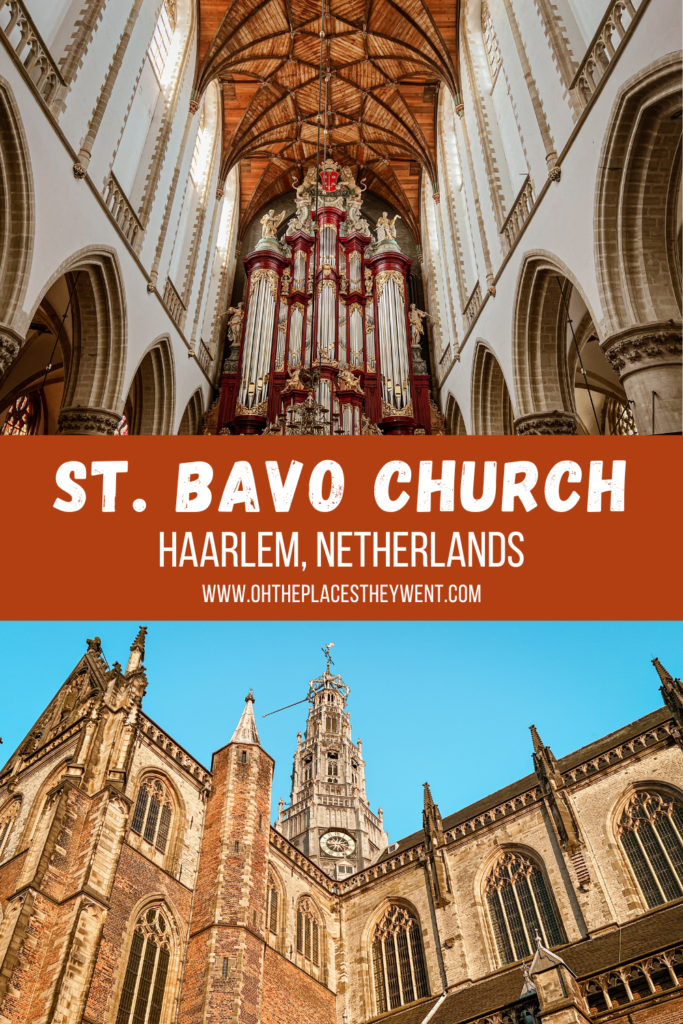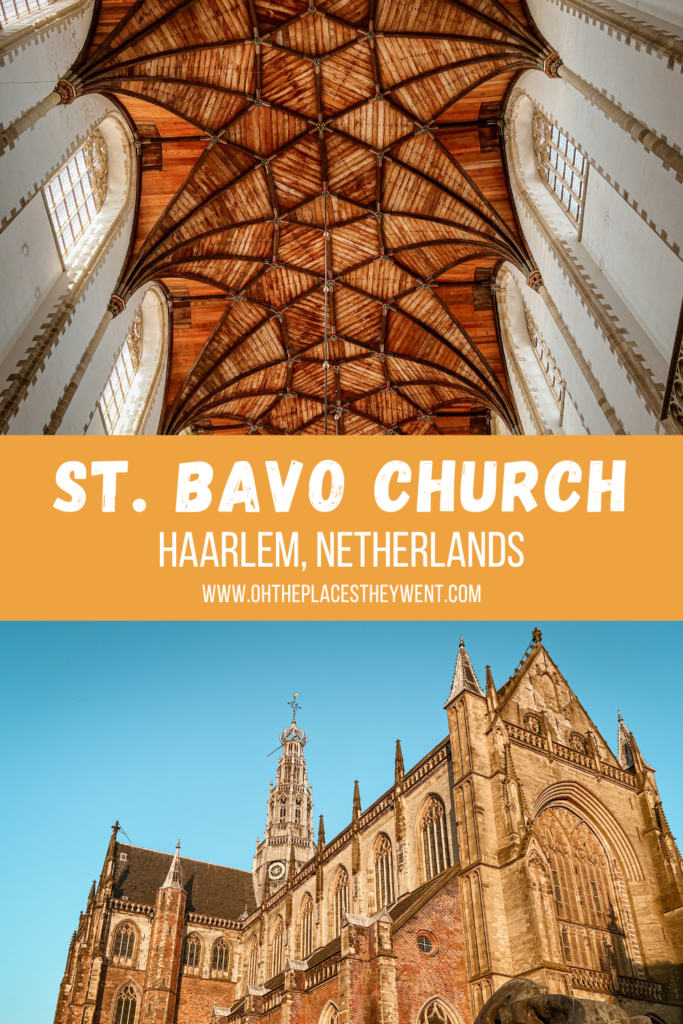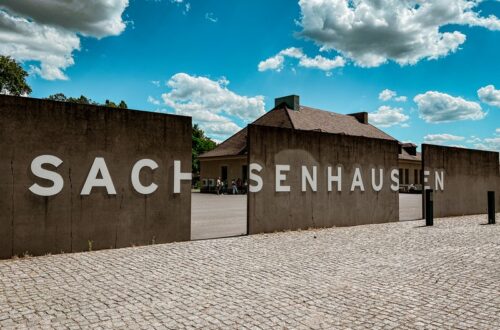St. Bavo In Haarlem Is Where Organ Music Comes Alive
Visiting Haarlem, Netherlands isn’t complete without stepping into one of the largest churches in the Netherlands, Saint Bavo Church. Easy to see and used as a point of reference when giving directions in the central area, the church was built for Roman Catholic worship and then used by the Protestants after the Reformation before being stormed by the Calvanists.
Not only grandiose from the outside, it’s beautiful on the inside and a touted place to see where Mozart among other famous musicians came to play what was once the largest organ in the world.
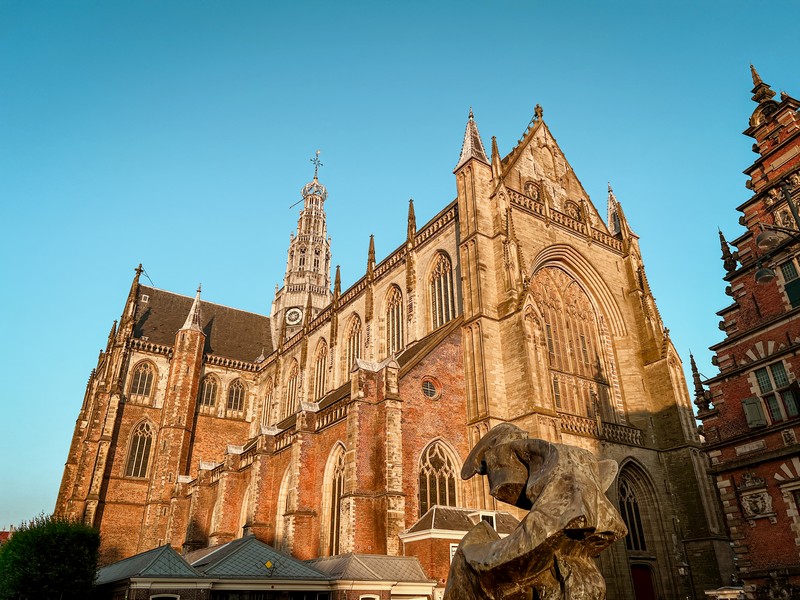
If you’re planning to visit Haarlem, Netherlands, St. Bavo is a must see:
(This post contains affiliate links, which means I receive a certain percentage of a sale if you purchase after clicking at no cost to you. Thank you for your support.)
Basic Info
- Address: Grote Markt 22, 2011 RD, Haarlem, Netherlands
- Hours: Monday – Saturday: 10:00am ~ 5:00pm
- Admission: Adults: €4.00; Students 13-16: €2.00; Children 12 and under are free
- Guided Tours: There are guided tours available on Saturdays at 2:00pm. From mid-May until the beginning of October, there’s a second tour available at 2:30pm. The tours take about an hour and don’t require a reservation.
Reveling In History
The Grote, meaning Great, or Sint Bavokerk, meaning Saint Bavo Church, is a late Gothic cruciform basilica. Dating back to the 14th century with construction beginning in 1370, the church was initially dedicated to Saint Bavo, a patron saint of Haarlem.
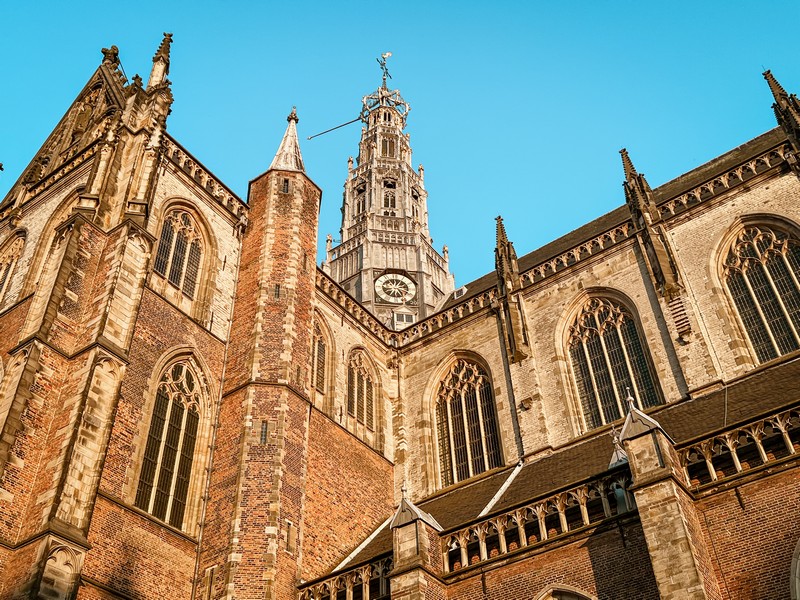
Construction of the church spanned several centuries, with the major parts completed in the 15th century. It was built in the Gothic style with a cruciform layout and towering spire.
By the 15th century, the church became a significant religious center in Haarlem. During the Reformation in the 16th century, it transitioned from a Catholic church to a Protestant one, aligning with the broader religious shifts in the Netherlands.
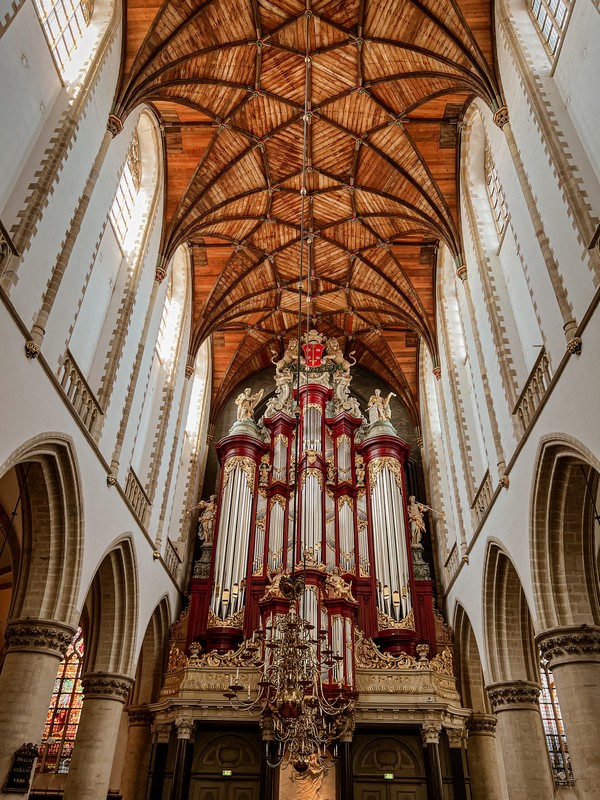
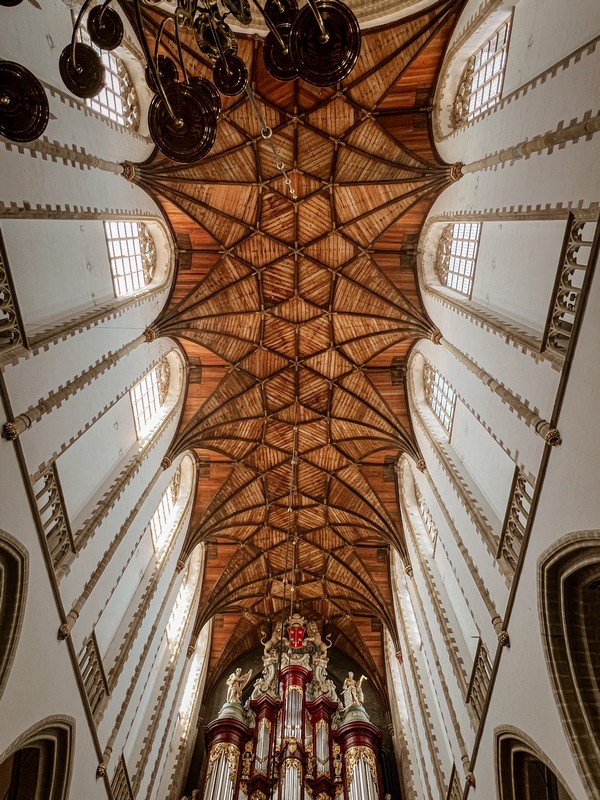
Facts, Figures, and What To Notice
- Length: 108 meters
- Width of the nave and side aisles: 31 meters
- Widest point of the church: 47 meters
- Height of the nave: 29 meters
- Height of the Church and Tower: 76 meters
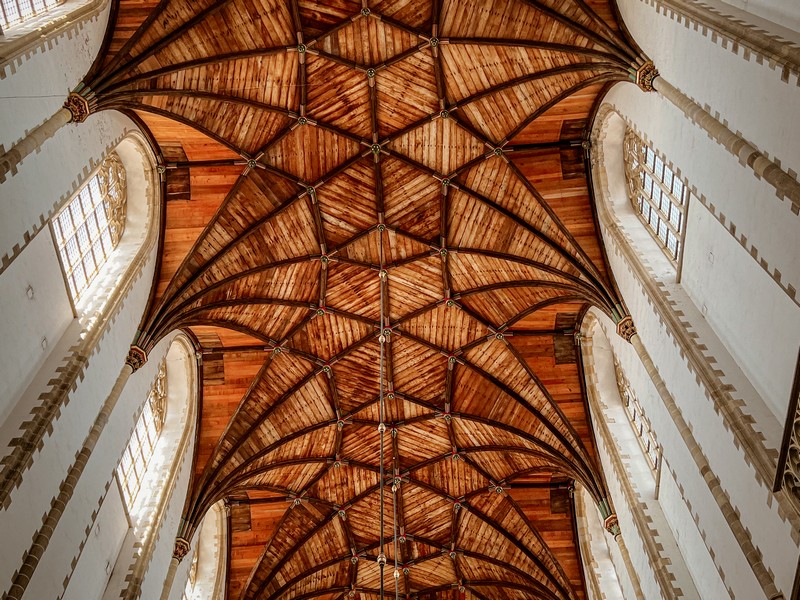
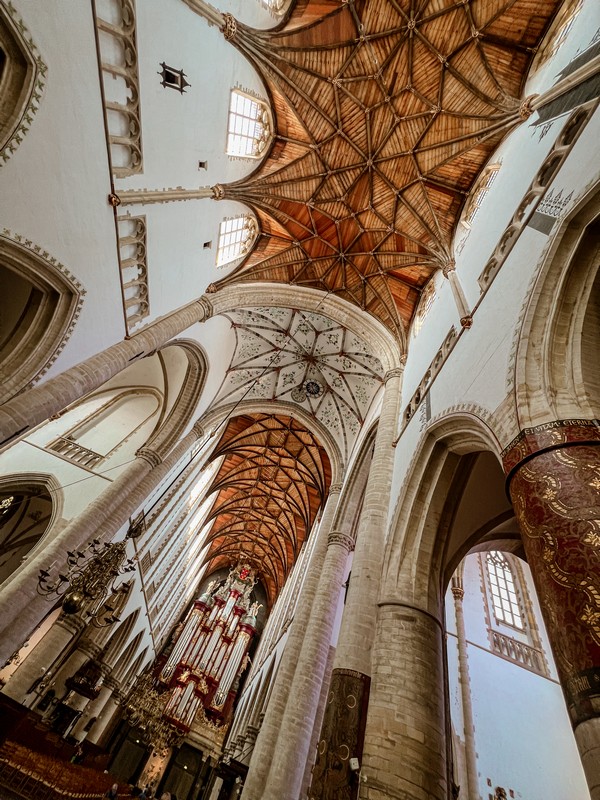

When you walk in, the first thing you’ll likely notice is the gorgeous wood ceiling. Unique from other churches built in this style, it makes the vast space above seem warm with the red and orange hues. The church is brighter inside than many other Gothic churches I’ve visited as well.
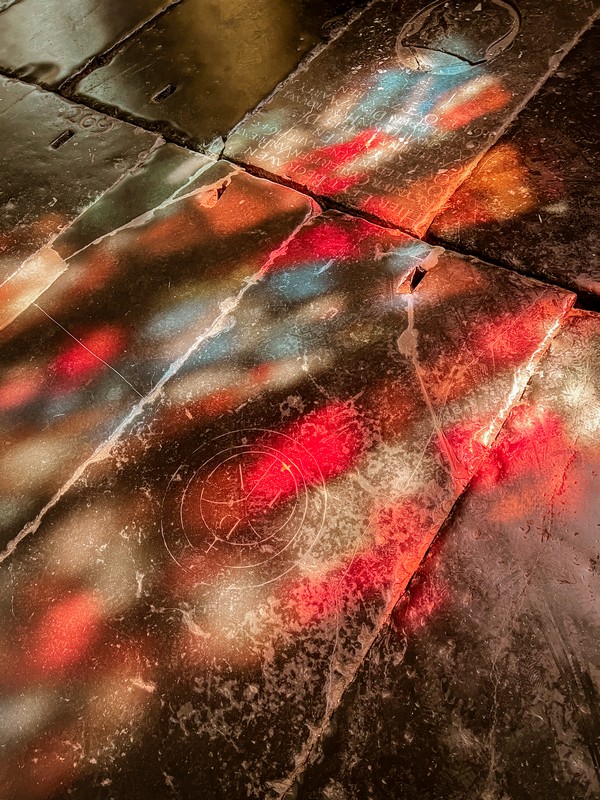

Interesting Fact: The floor of the church consists entirely of gravestones. There are about 400 gravestones, including Frans Hals among them, with the oldest dating back as far as the fifteenth century.
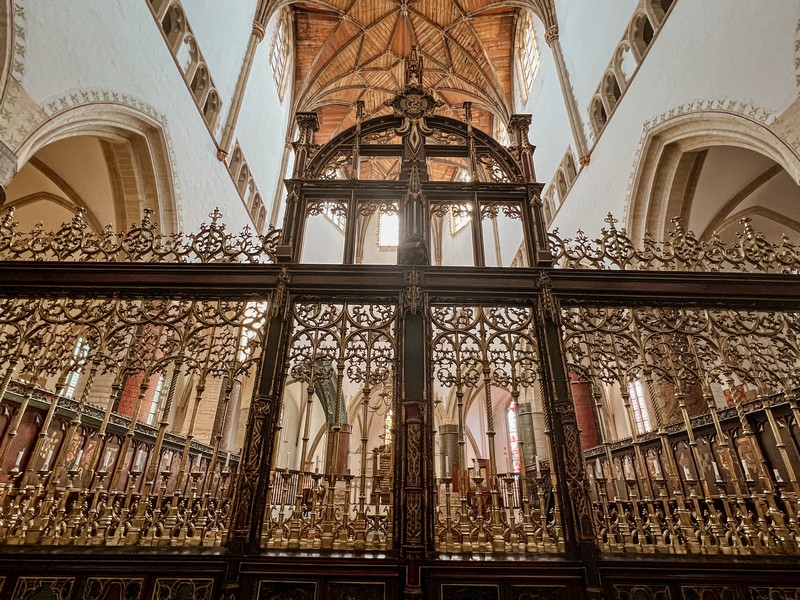
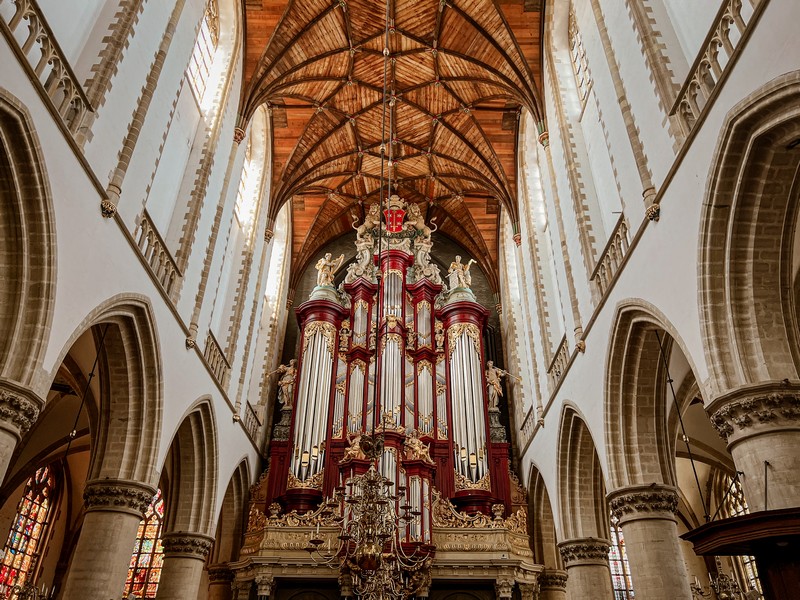
Where Mozart Played
One of, if not the biggest reasons people visit the church is to see the Christian Müller organ which has 68 registers and 5068 pipes. Built between 1735 and 1738, when it was completed, it was the largest organ in the world and thus gained quite some attention.
Interesting Fact: The smallest pipe on the organ is the size of a pencil and the largest pipe is 37 centimeters in diameter and more than 10 meters long.
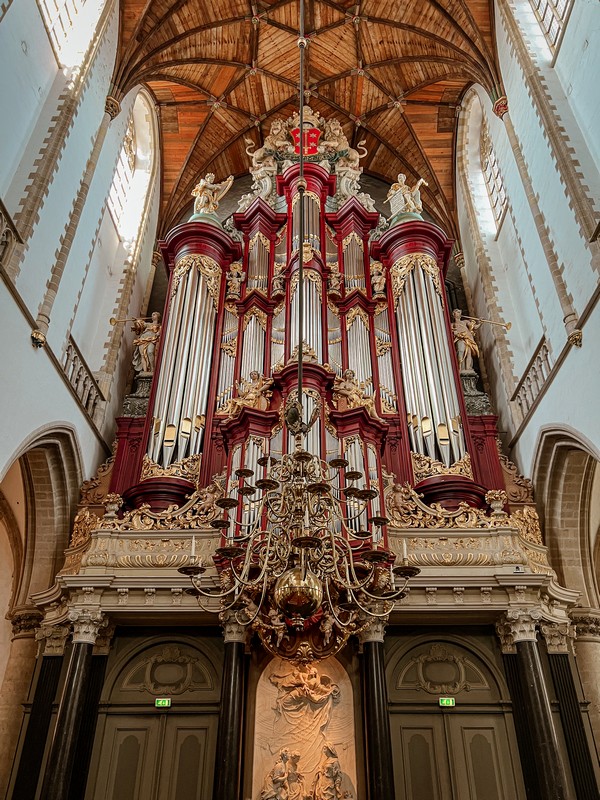
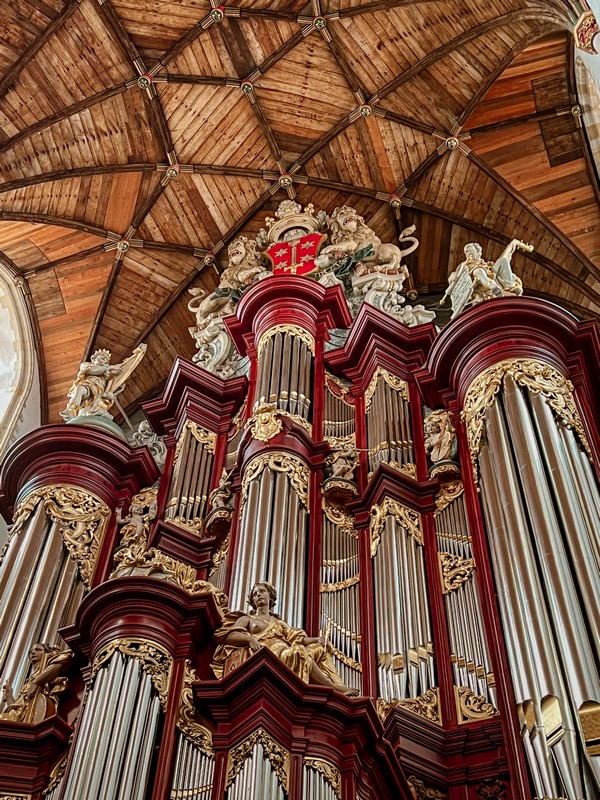
In 1766 Mozart, who was 10 at the time, played the organ. G.F. Handel and Mendelssohn also played this famous organ and still today you can listen to concerts in the summer months and during the International Organ Festival held in the area.
Fun Fact: If you’re in Haarlem, there’s also a super secret, super cool Sunday hangout spot in a Barrel Organ Museum. Haarlem has quite the collection of famous organs. You just need to know where to find them.
If you visit Haarlem in the summer, be sure to check the live music event schedule at St. Bavo. To sit and listen to an organ that Mozart played? Trust me, you’ll love it.
Did you like this post? Pin iT!
